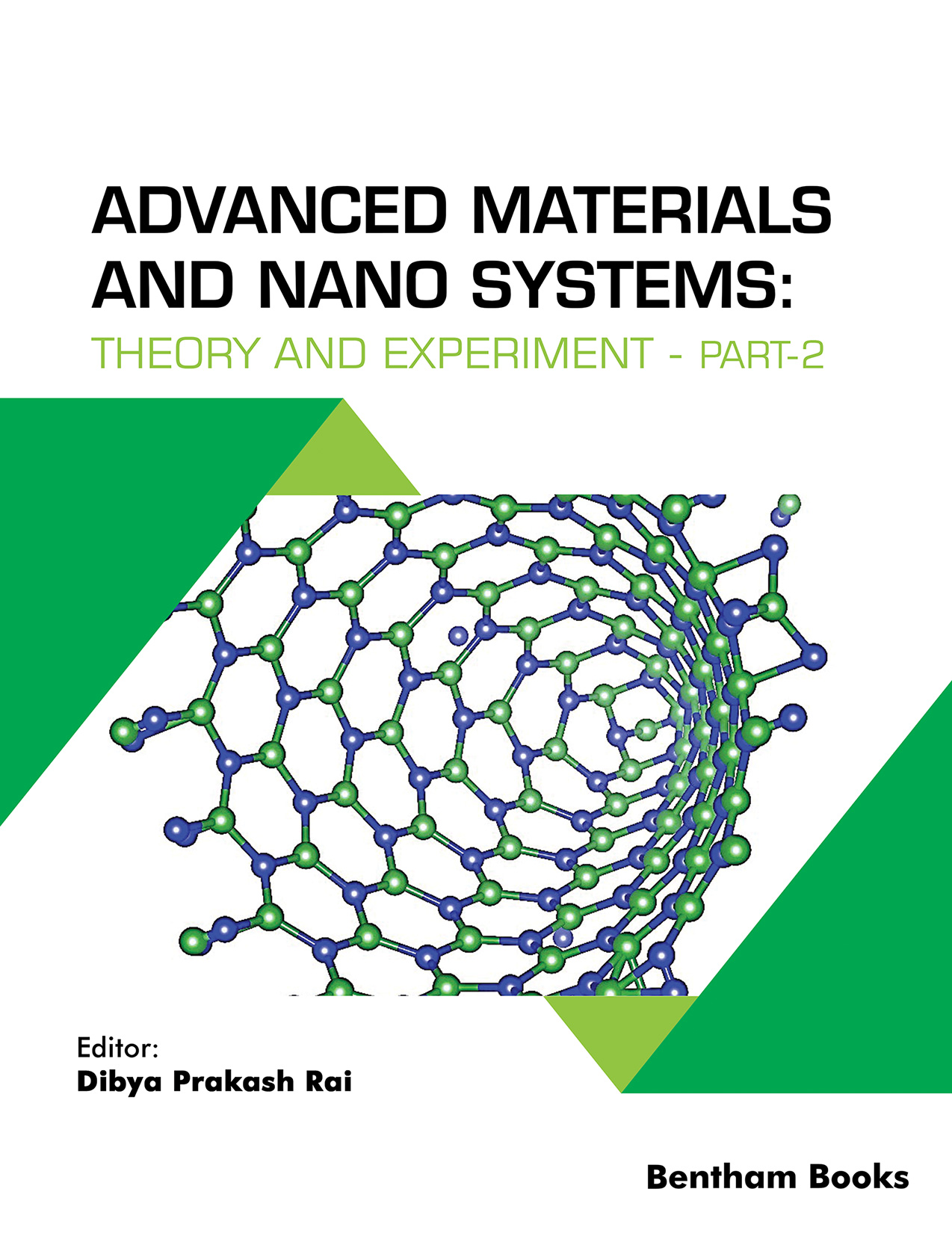Introduction
The discovery of new materials and the manipulation of their exotic properties for device fabrication is crucial for advancing technology. Nanoscience, and the creation of nanomaterials have taken materials science and electronics to new heights for the benefit of mankind.Advanced Materials and Nanosystems: Theory and Experiment covers several topics of nanoscience research. The compiled chapters aim to update students, teachers, and scientists by highlighting modern developments in materials science theory and experiments. The significant role of new materials in future technology is also demonstrated. The book serves as a reference for curriculum development in technical institutions and research programs in the field of physics, chemistry and applied areas of science like materials science, chemical engineering and electronics.
This part covers 12 topics in these areas:
- - Recent advancements in nanotechnology: a human health Perspective.
- - An exploratory study on characteristics of SWIRL of AlGaAs/GaAs in advanced bio based nanotechnological systems.
- - Electronic structure of the half-Heusler ScAuSn, LuAuSn and their superlattice.
- - Recent trends in nanosystems.
- - Improvement of performance of single and multicrystalline silicon solar cell using low-temperature surface passivation layer and antireflection coating.
- - Advanced materials and nanosystems.
- - Effect of nanostructure-materials on optical properties of some rare earth ions doped in silica matrix.
- - Nd2Fe14B and SmCO5: a permanent magnet for magnetic data storage and data transfer technology.
- - Visible light induced photocatalytic activity of MWCNTS decorated sulfide based nano photocatalysts.
- - Organic solar cells.
- - Neodymium doped lithium borosilicate glasses.
- - Comprehensive quantum mechanical study of structural features, reactivity, molecular properties and wave function-based characteristics of capmatinib.
Audience
Students, teachers, and scientists in the field of physics, chemistry and materials science.

